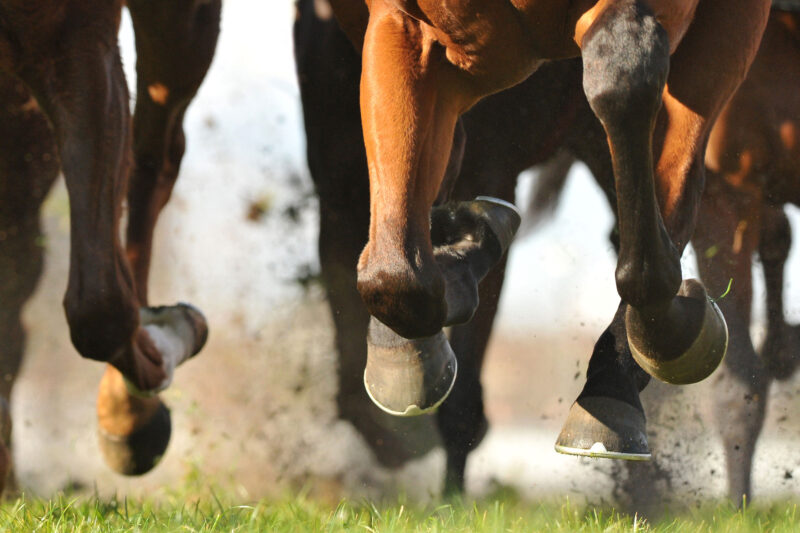Thrush in horses is a common and often overlooked condition that can cause discomfort and pain for our equine companions. Identifying the signs of thrush early on is crucial in order to prevent its progression and potential complications.
In this comprehensive guide, we will explore the various symptoms of thrush, how to properly diagnose it, and the most effective treatment options available. By understanding the nature of this condition and taking proactive steps towards its management, horse owners can ensure the health and well-being of their beloved animals.
Introduction to Thrush in Horses

Thrush in horses is a common hoof condition that can cause discomfort and lameness if left untreated. Thrush is caused by bacteria thriving in moist, dark environments, such as the crevices of a horses hoof. This condition can develop due to poor hoof care, wet and muddy living conditions, or lack of regular exercise.
Identifying thrush early is key to preventing further complications, such as abscesses or hoof decay. Treatment for thrush typically involves thorough cleaning of the affected hoof with specialized solutions, followed by diligent hoof care to prevent recurrence. By understanding the causes, symptoms, and treatment options for thrush in horses, you can help your equine companion stay healthy and comfortable.
Understanding the Causes of Thrush

Thrush in horses can be caused by a variety of factors, with the most common being poor stable hygiene and improper hoof care. When horses are kept in damp or dirty environments, the bacteria and fungi that cause thrush thrive, leading to infections in the hoof.
Additionally, failing to clean and trim hooves regularly can contribute to the development of thrush. Other potential causes include inadequate nutrition, improper shoeing, and certain medical conditions that weaken the horses immune system. By understanding these underlying causes of thrush, horse owners can take proactive steps to prevent and treat this common hoof ailment.
Recognizing the Symptoms of Thrush in Horses

Recognizing the symptoms of thrush in horses is essential for early identification and treatment. One of the most common signs of thrush is a foul odor emanating from the hoof, often accompanied by a black, oozy discharge.
Additionally, affected horses may show signs of lameness, reluctance to put weight on the affected hoof, and sensitivity to pressure. It is important to inspect the hooves regularly for any signs of thrush, as early intervention can prevent the condition from worsening and causing discomfort for the horse.
Conclusion
In conclusion, thrush is a common and often preventable hoof condition that can lead to discomfort and lameness in horses. By regularly checking your horses hooves for signs of thrush, implementing proper hoof care practices, and utilizing effective treatment methods such as Best Hoof Conditioner, you can help prevent and manage this bacterial infection.
Remember that early detection and intervention are key in maintaining your horses hoof health and overall well-being. Stay vigilant, stay informed, and prioritize your horses hoof care to ensure they stay sound and healthy.


